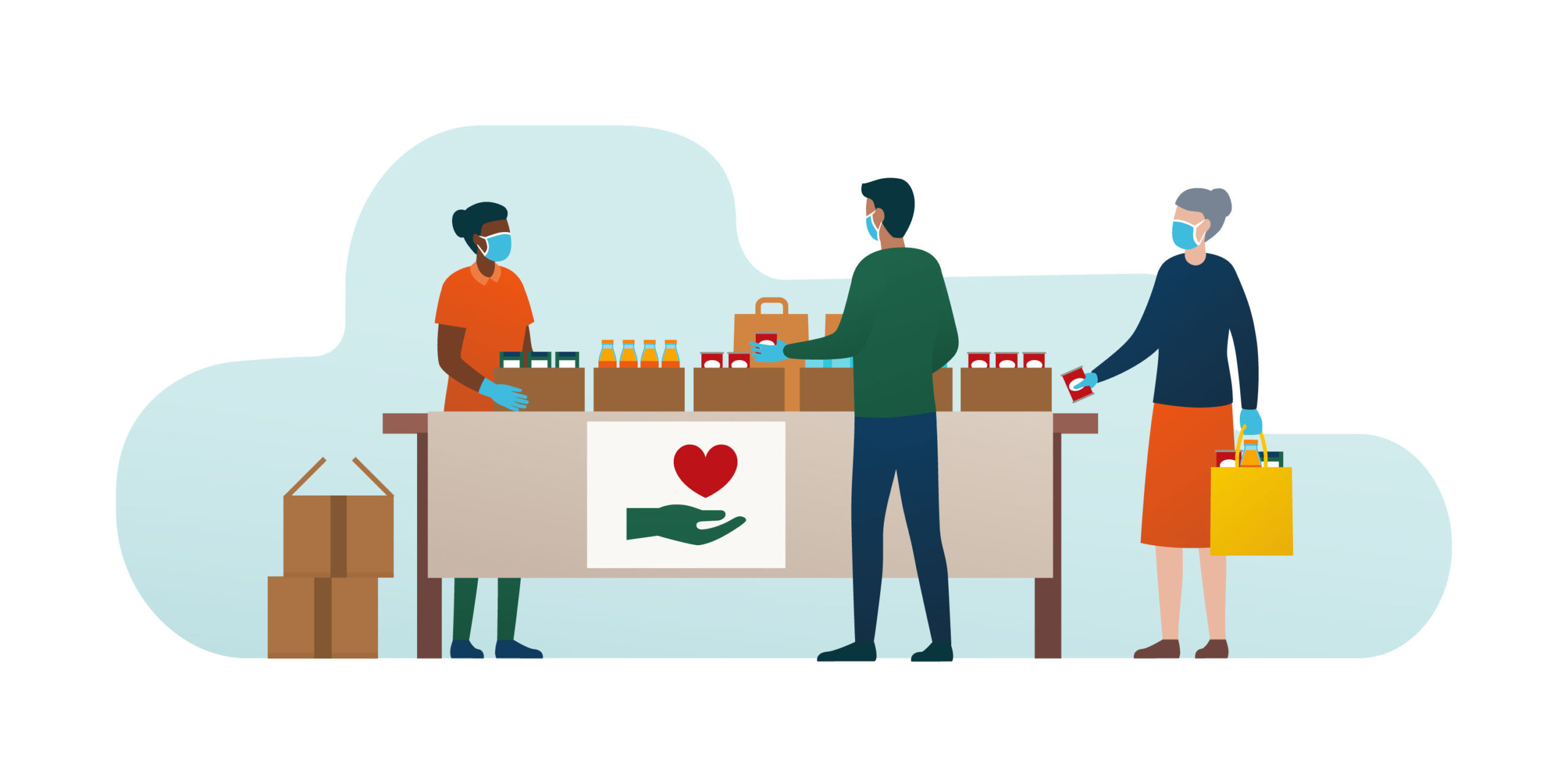Before the start of the COVID-19 pandemic, food insecurity (lack of reliable access to nutritious food) was a considerable problem, affecting 11% of the country, with higher rates among low-income and racial and ethnic minorities. The shutdown of businesses to slow the spread of COVID-19 has led to historically high levels of unemployment, most recently reported at 11% in June. That translates to more than 40 million people losing their jobs. Like food insecurity, jobless claims also disproportionately harm Black and Hispanic populations. However, it is possible to envision different paths, and even a path that leads to food security for many more adults and children across the US.
How are people faring now?
Food insecurity is a major public health concern linked to common, costly, and preventable chronic conditions like obesity, diabetes, heart disease, and poor mental health. It results in an estimated $78 billion in additional health care costs annually.
To get a handle on how American households are faring during the COVID-19 pandemic, the Census Bureau and other government agencies launched a weekly Household Pulse Survey in late April 2020. The survey includes questions about food insufficiency, a narrower definition of food insecurity. It captures data about food consumption and affordability, but not lack of resources, the inability to acquire enough nutritious food, anxiety about being able to get food, or attempts to stretch available food. Census questions likely underestimate food insecurity, and are difficult to directly compare to pre-pandemic levels. Still, the results are instructive.
Using recent census data from week eight (June 18–23), we see very large disparities in food insufficiency by race and ethnicity. While about 7% of white households report sometimes or often not having enough to eat, this rate is almost triple (about 19%) among Black households, and double (about 14%) among Hispanic households. Affordability was the most common reason for not having enough food. This is not surprising, given that food prices have increased during this pandemic. Other estimates suggest that in the next year, one in four children will experience food insecurity.
What can we do to move toward food security?
We have proven policy approaches that meaningfully address the problem of food insecurity. Key among them is leveraging the Supplemental Nutrition Assistance Program (SNAP). Formerly known as food stamps, SNAP is by far the largest federal nutrition assistance program. Prior to COVID-19, SNAP helped 38 million people — nearly half of whom are children — afford food each month. Enrollment in SNAP has increased substantially during COVID-19 due to massive unemployment. During a crisis, SNAP is one of the easiest and fastest ways to get money into the hands of low-income Americans. These benefits can be adjusted easily because recipients receive them on a debit card.
Through the recent stimulus bills responding to COVID-19, Congress has appr






